Challenge
The electrical capacity of a lithium-ion battery is defined as the amount of charge that can be temporarily captured between its electrodes. How can this capacity, which depends on the battery's inner surface area, be increased?
Invention
The RES-Tube Cell has a microstructured inner surface between the electrodes and their anodic and cathodic active layers. This allows more lithium ions to be detained and released within one charge and discharge cycle. Increased electrical capacity also increases thermal stress. Therefore, the RES-Tube Battery has an enlarged outer surface to transmit more heat to a thermal fluid. In the case of a traction battery, the increased electrical capacity directly affects the range of the electric vehicle. The RES-Tube Cell combines an accumulating cell with a heat transfer element, such as a heat pipe. With the RES-Tube Cell, heat can be transferred onto the thermal fluid from inside and outside the cell. Improved thermal conditioning also increases electrical efficiency and prolongs the useful lifespan of the RES-Tube Cell.
Advantages
- A battery cell can store more electric energy
- Increasing the efficiency of a battery cell by at least 25%
- Fusing a heat transfer device with a battery cell.
- Optimising the thermal conditioning of a battery cell
- Prolonged life cycle
Applications
- Extended-runtime electrical tools
- Traction batteries for electric vehicles with an extended range
- Improved heat transmission for laptops, notebooks...
- Improved battery cells for all kinds of electrical devices
